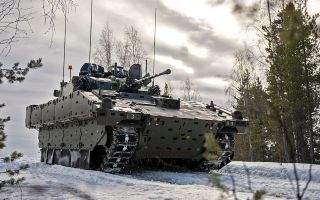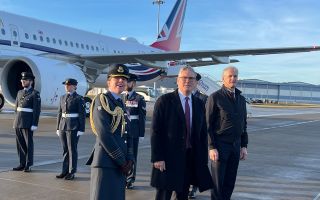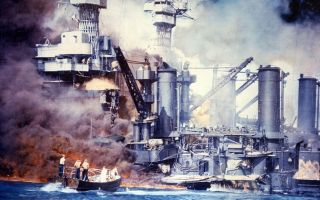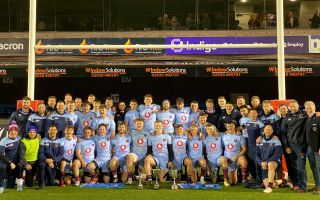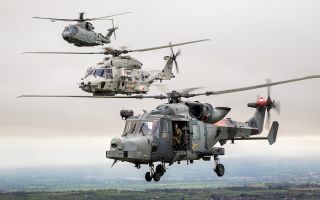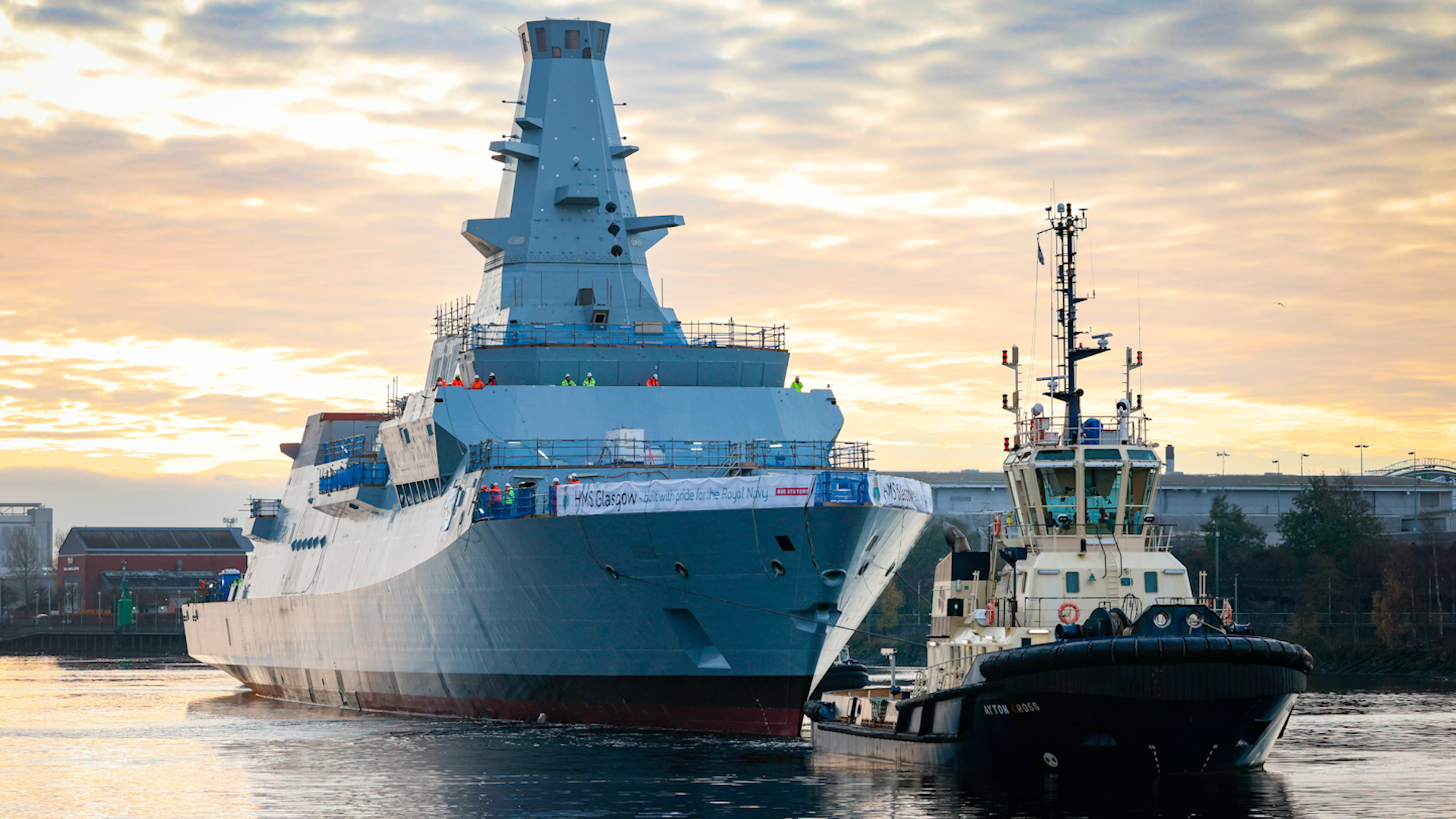
Royal Navy's new frigates too big for boat sheds – but that's by design, not mistake

The Plymouth Herald recently reported that the Frigate Complex at Devonport dockyard would be too small to accommodate the new classes of frigates that are being built for the Royal Navy.
Devonport in Plymouth is, of course, the home of the Royal Navy in the South West and, according to the Royal Navy's own website, is the largest naval base in Western Europe.
It has been in continual use for the basing and support of Royal Navy ships since 1691, during the reign of William and Mary, although Plymouth has been used by English warships since long before that – Sir Francis Drake sailed from Plymouth to defeat the Spanish Armada in 1588.
During this long and illustrious history, the size, shape and technology of the Navy's ships has changed substantially. And continues to do so.
It would be easy to scoff at the ineptitude of the pen-pushing bureaucrats in having ordered ships that don't fit in the garage, but this would be both lazy and silly.
Why so?
The setting of requirements for both of the Royal Navy's new classes of frigates was a process that was undertaken with the upmost care and diligence. I know – I was involved in both!
And these requirements set out what was needed from the ships for the roles that they would be expected and required to perform.
In other words, form followed function. The Type 26 and Type 31 frigates were specified for the jobs that they were intended to carry out.
To have traded against such requirements for the convenience of dockyard maintenance would, I hope most readers would agree, have been an archetypal example of the tail wagging the dog.
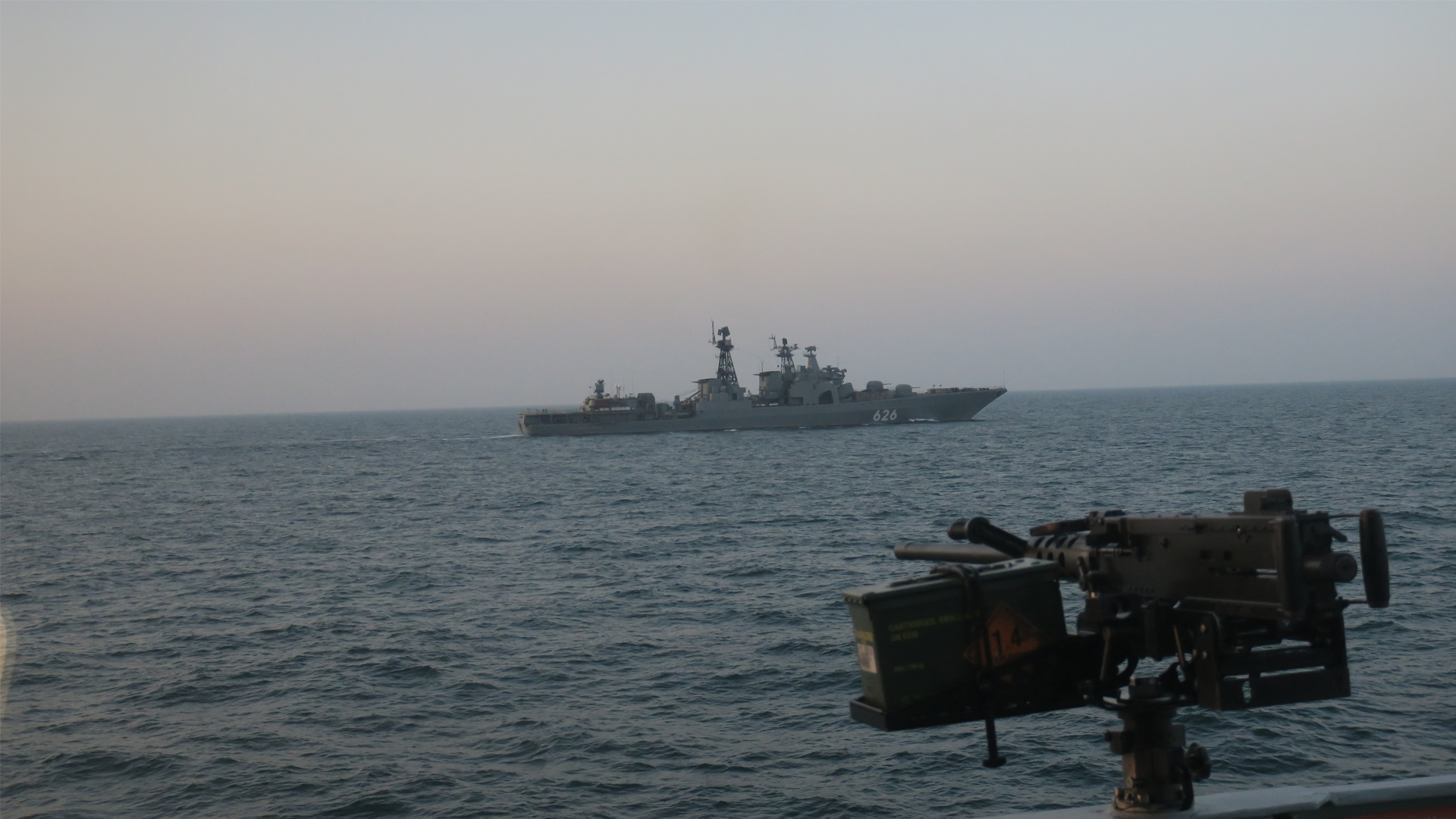
Facing the threat
In the jargon, military capabilities are the ability to achieve enduring desired effects. And capability is a relative term. It is relative to the threat.
In naval terms, the effect you can achieve against a small coastal defence force may be very different than that which can be achieved against a peer and highly competent blue water navy.
The environment matters too. What can be done in European woods and fields might be more difficult in the Arctic, jungle or mountains.
And the range of operations matters. What is easy in the English Channel might be more difficult to achieve in the South China Sea, for example.
So the requirements set for future warships and other military platforms needs to account for all of these factors.
One should expect, therefore, the next generation of equipment to be different in a number of aspects to what it replaces.
Work, not woke
Standards change too. This means both safety standards and things like accommodation provision for sailors.
As the norms, expectations and indeed laws of society change, it is necessary for such changes to occur if we are to attract, recruit and retain sufficient sailors, marines, soldiers and aviators for our volunteer Armed Forces.
And before too many people start rustling their copies of the Daily Telegraph and spluttering into their cornflakes about political correctness gone mad and wokery, this is not a new phenomenon.
The variations between such things in, say, HMS Victory and HMS Belfast can be clearly seen by any visitor to these marvellous museum attractions.
With half-term approaching, such visits are highly recommended by the way!
Once requirements are set and ships designed, it is the responsibility of the Senior Responsible Owner of the programme to ensure that adequate infrastructure is put in place to manage the capability through life.
The infrastructure needs of equipment capability programmes is one of the so-called Defence Lines of Development.
The other components of capability, the DLODs, are people, training, information, doctrine and concepts, organisation and logistics.
In any major capability change programme each of these will require addressing such that a meaningful capability can be delivered.
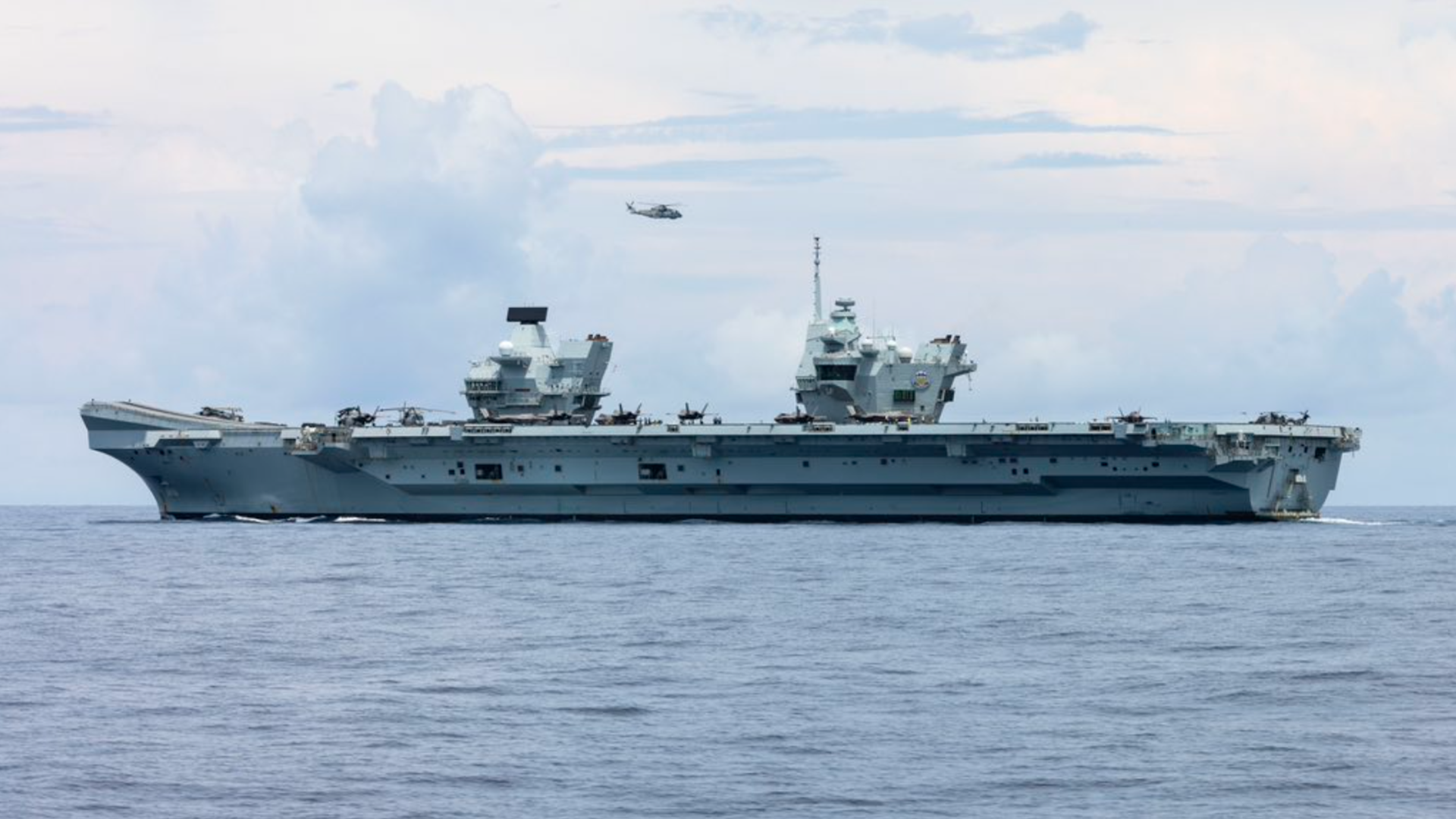
No flaw in the plan
Changing infrastructure to meet the needs of new ships is nothing new.
The work needed in and around Portsmouth to ensure that it was fit to host the Queen Elizabeth-class aircraft carriers was extensive and a major undertaking in its own right.
This is not a flaw in the plan – it is the plan!
So if the size of the ships is growing in response to changing standards and the requirements of modern platforms, is this rise inexorable? Well actually, no.
Those who have been attentive to the agenda of the First Sea Lord will have noted that the Royal Navy is pivoting to the Navy delivering such effects as Air Defence for the Fleet by distributing the elements necessary across various smaller, simpler and more numerous vessels.
Capability before convenience
As I wrote last month, there are plenty of practical challenges that must be addressed and overcome, but by harnessing the potential of autonomous maritime vessels there is the potential to change the trajectory of warship design.
Of course, greater numbers of smaller, lean or zero-crewed ships delivering the Royal Navy's combat effects will have their own demands on infrastructure and across all of the other DLODs too.
This should not, and must not, come as a surprise to those leading the Navy's future force design work. Adequate consideration needs to be given to all of the components of capability, and the resources provided to do what is needed.
Crack that nut, and any capability programme can be set up for success.
So we should not step back aghast at the fact that our new frigates won't fit into the old docks and sheds.
Instead, we should get on and make the adjustments needed, excited as these long-overdue ships arrive, work through their inevitable teething troubles and start delivering the next generation of capability for the Royal Navy and defence of the United Kingdom.
Commodore (Ret'd) Steve Prest is an independent consultant and advisor who can be found on X as @fightingsailor


